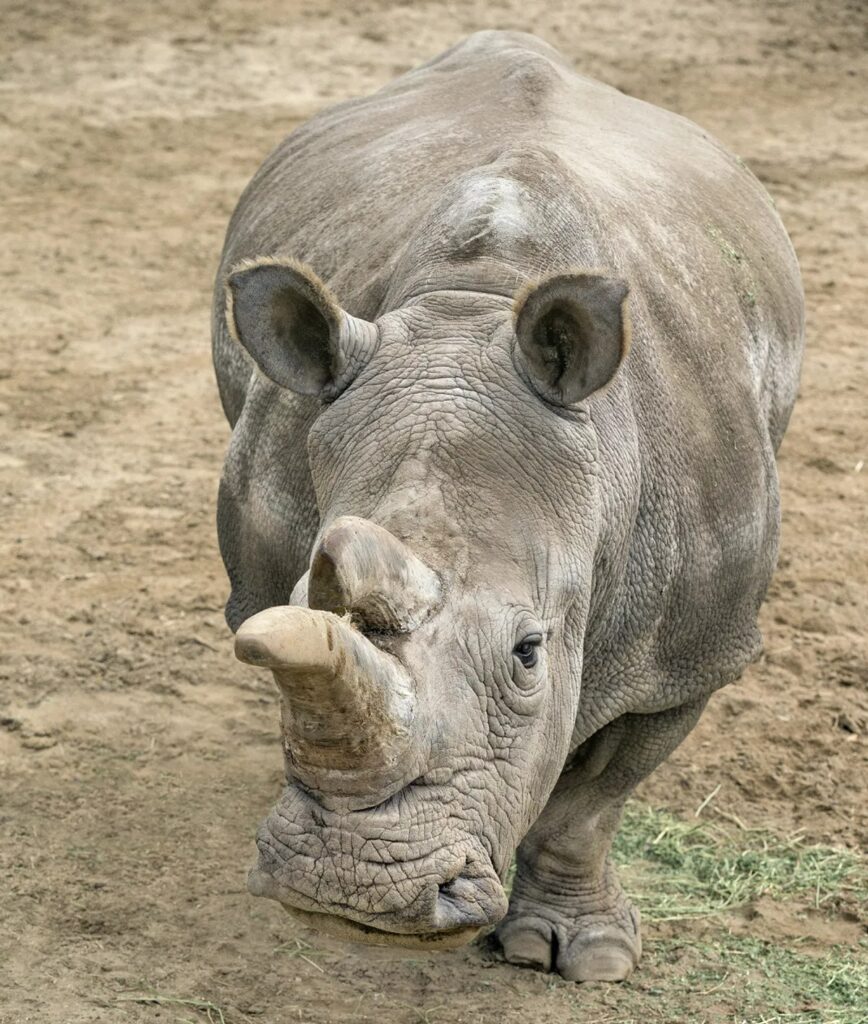
With only two females remaining, the plight of the northern white rhino seemed dire. However, a glimmer of hope emerges from an unexpected source: frozen skin.
The northern white rhino confronts a daunting challenge: how can a species with just two infertile females persist? Scientists propose a groundbreaking solution, suggesting that the cells extracted from deceased individuals might hold the key to revitalizing the northern white rhino population, not only increasing their numbers but also ensuring genetic diversity crucial for long-term survival.
While the remaining northern white rhino females are incapable of reproduction, scientists envision employing a surrogate, such as the closely related southern white rhino, to carry embryos. The process involves genetic manipulation, where banked skin cells, known as fibroblast cell lines, undergo reprogramming into induced pluripotent stem cells (iPSCs). These iPSCs possess the remarkable ability to differentiate into various cell types, including primordial germ cells responsible for sperm and egg production.

Dr. Aryn P Wilder, part of the conservation team at San Diego Zoo Wildlife Alliance, elucidates the process, highlighting its success across a spectrum of species, albeit with variations in methodology. Nevertheless, the journey towards producing fully mature egg or sperm cells remains a challenge, particularly in providing the necessary support cells for growth and maturation, a crucial step for endangered species like the northern white rhino.
Despite hurdles, the project draws strength from the preserved genetic material of 12 deceased northern white rhinos housed in the Frozen Zoo, a cryoconservation repository committed to safeguarding species’ genetic diversity. This repository serves as a vital resource, offering a pathway to potentially replenish dwindling populations.
This isn’t the first instance where frozen remains contribute to conservation efforts for the northern white rhino. Cryopreserved semen has already been utilized to create embryos for transfer into southern white rhino surrogates. However, such methods alone cannot ensure sufficient genetic diversity for the species’ long-term health. Hence, the prospect of generating embryos from deceased skin cells offers renewed optimism for the northern white rhino’s future.

Image credit: © San Diego Zoo Wildlife Alliance
Dr. Wilder emphasizes the importance of a diverse population for mitigating inbreeding depression and maintaining fitness. Models suggest that a population restored from a broader genetic pool, with repeated reintroduction of individuals over time, stands a better chance against these challenges.
The endeavor to rescue endangered species from the brink resonates deeply in today’s world, where numerous species face extinction. Collaborative efforts between organizations like Colossal Bioscience and Re:wild underscore the urgency of technological advancements in conservation. The breakthroughs achieved in the northern white rhino project exemplify the potential of science to safeguard the planet’s most imperiled wildlife.
In conclusion, the frozen skin of deceased rhinos emerges as an unexpected yet invaluable resource in the fight to save the northern white rhino from extinction. Through innovative scientific endeavors and collaborative conservation initiatives, hope persists for the preservation of this majestic species and others teetering on the brink of oblivion.

Leave a Reply